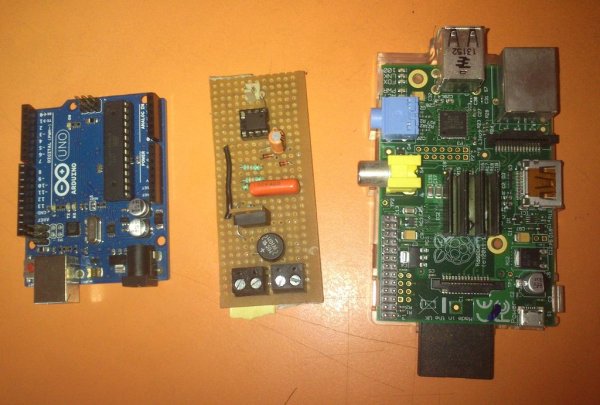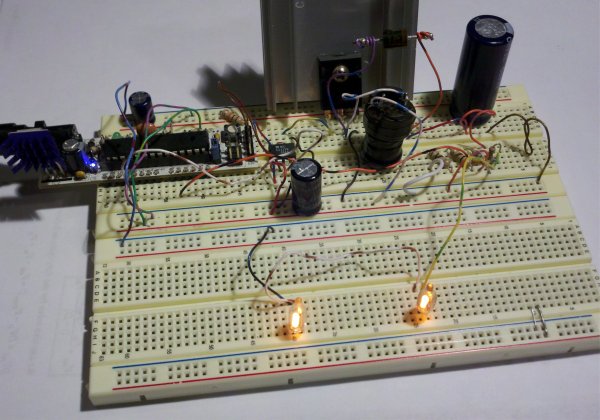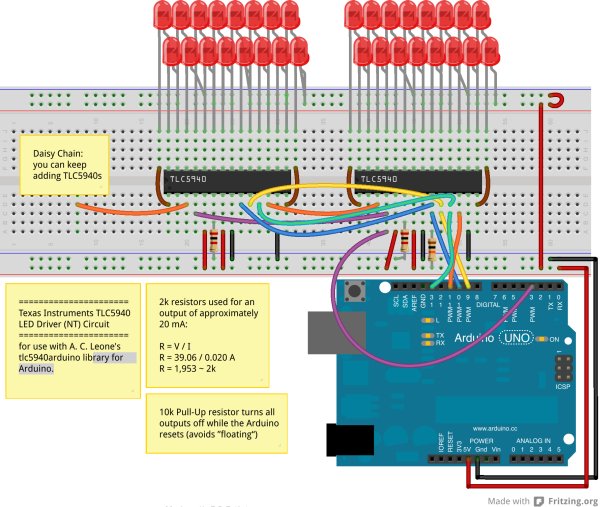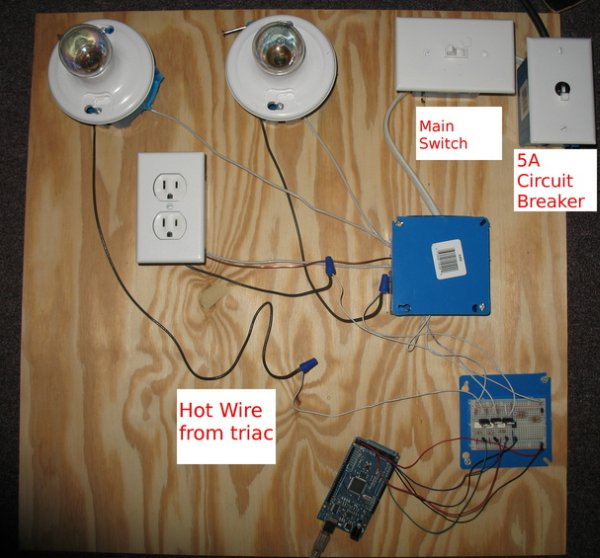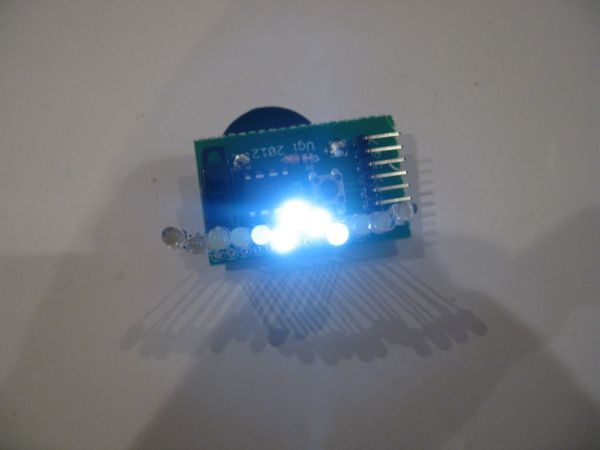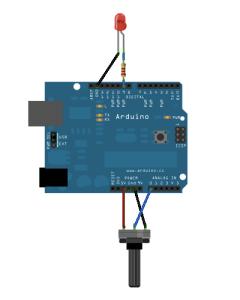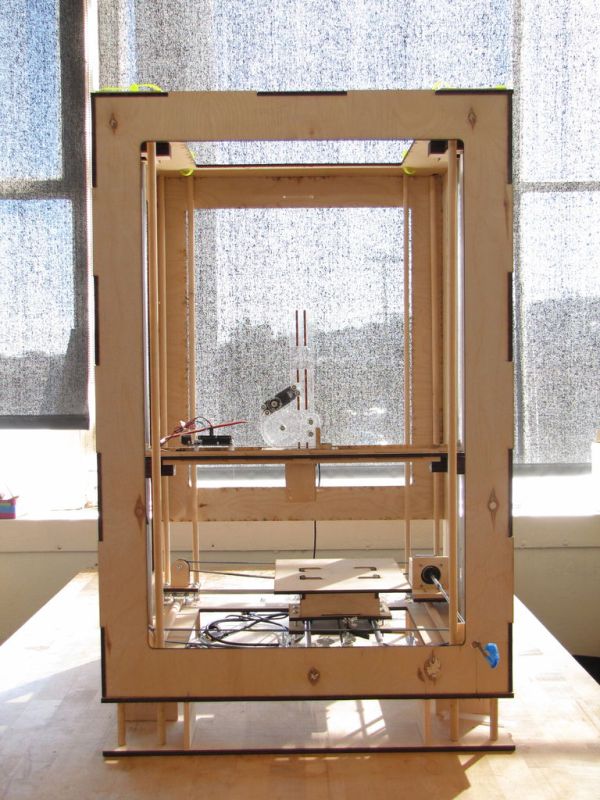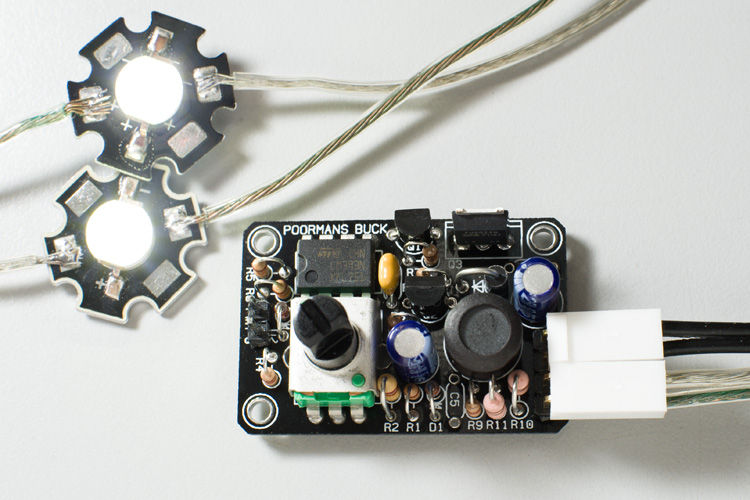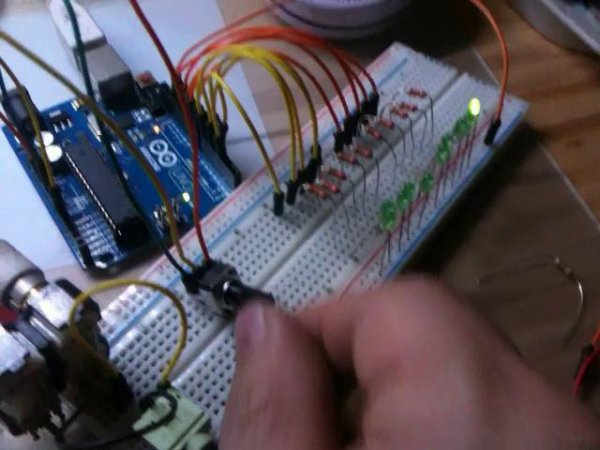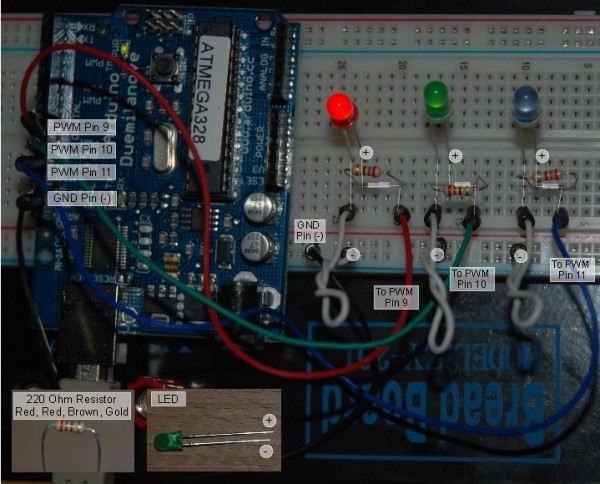Safe and simple AC PWM Dimmer for arduino / Raspberry pi
Dimmer With MOSFET This circuit shows that dimmers intended for use at mains voltage do not always have to contain a triac. Here, a MOSFET (BUZ41A, 500 V/4.5A) in a diode bridge is used to control the voltage across an incandescent bulb with pulse-width modulation (PWM). The power supply voltage for driving the gate is […]
Safe and simple AC PWM Dimmer for arduino / Raspberry pi Continue Reading

